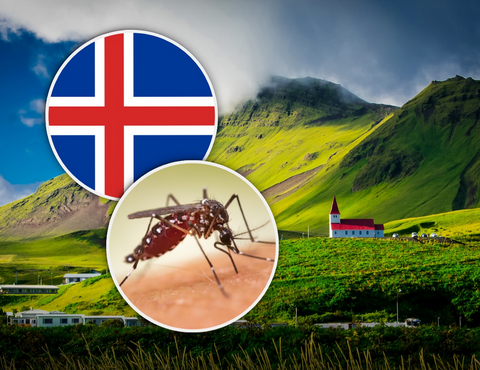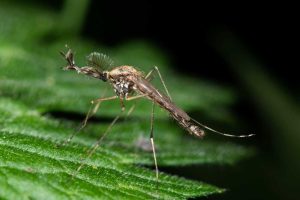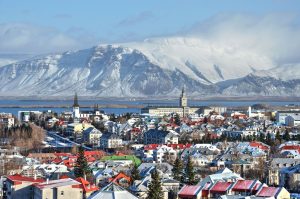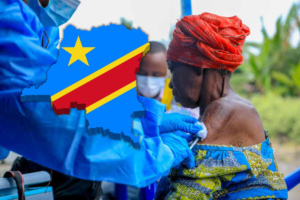First Mosquitoes in Iceland, Signal a Warning to the World: When the North Lost its Buzz-Free Haven

In generations, Icelanders have proudly shared an odd boast: their island, in the midst of glaciers and geysers, was one of the only places on Earth where mosquitoes dared not fly. That small comfort of a summer without the whine of wings, may have just come to an end.
Last week, amateur naturalist Björn Hjaltason was on a quiet night watch in Kjós, a glacial valley near Reykjavík, when he noticed something strange on his wine-soaked moth ropes. “I could tell right away that this was something I had never seen before. The last fortress seems to have fallen”– he wrote on Facebook.


His discovery that were two female and one male Culiseta Annulata mosquitoes, was confirmed by entomologists at the Icelandic Institute of Natural History. The species is hardy, capable of surviving cold winters, and is common across Europe and North Africa. How it found its way to Iceland, no one yet knows. Some speculate they may have arrived via shipping containers from nearby ports like Grundartangi.
The locals took this with more curiosity, because it appears as a quiet but serious signal of a health concern. Iceland, one of only two mosquito-free regions alongside Antarctica, has been breaking weather records this year. The country sweltered through ten consecutive days above 20°C (68°F) in May, and saw its hottest May-day ever at 26.6°C (79.8°F).
Such shifts are reshaping the island’s delicate ecosystems. Matthías Alfreðsson, an entomologist verbalize his thought that – “further monitoring next spring will show if they’ve truly established here”. But for scientists and citizens alike, the message is already clear that no corner of the world is untouched by the climate crisis.
And so, in a small garden outside Reykjavík, amongst the hum of the midnight sun, a new sound may be joining Iceland’s summer nights; a faint, familiar buzz that tells a bigger story of a planet warming, one insect with a wingbeat at a time – mosquito.









